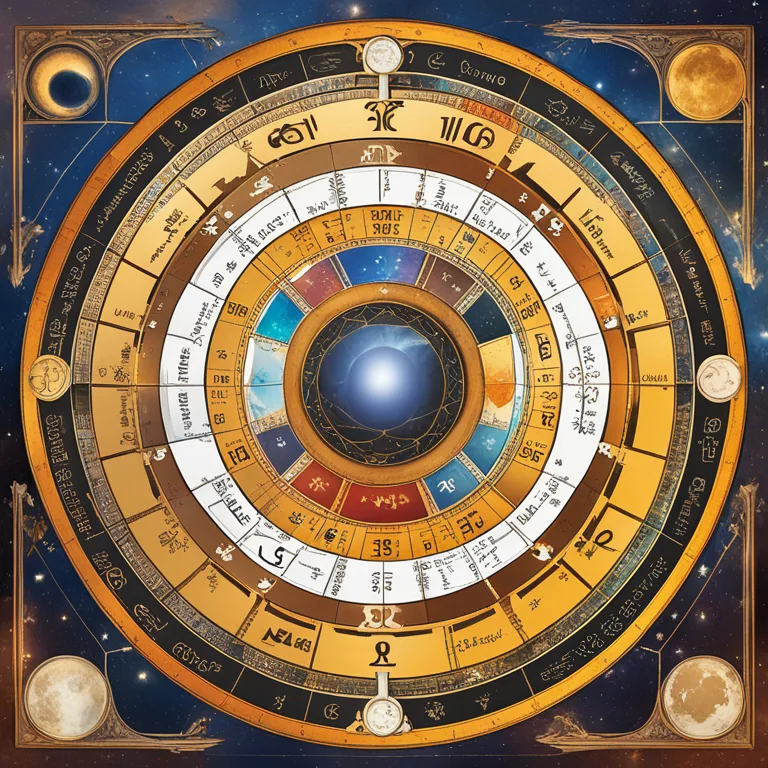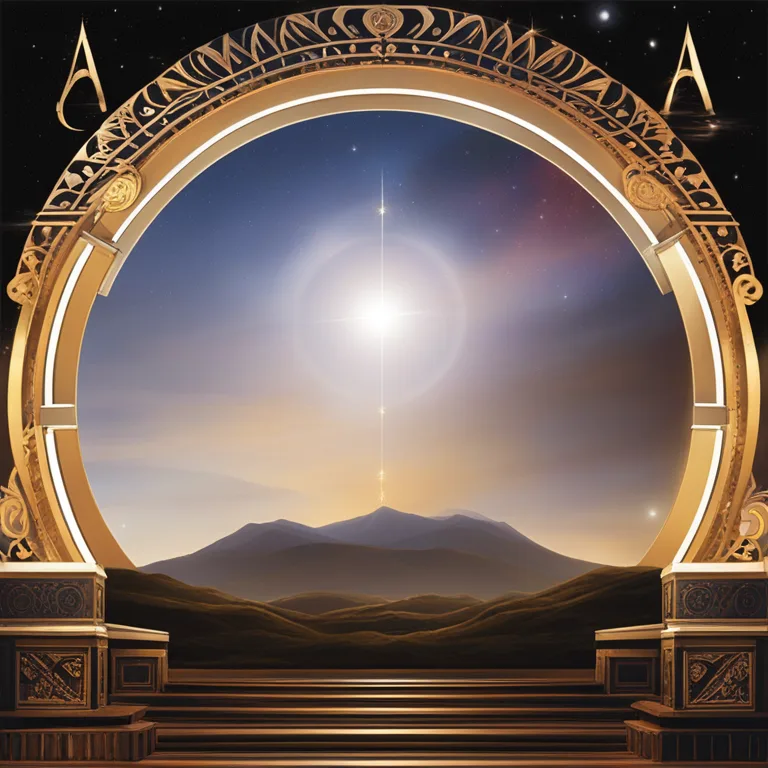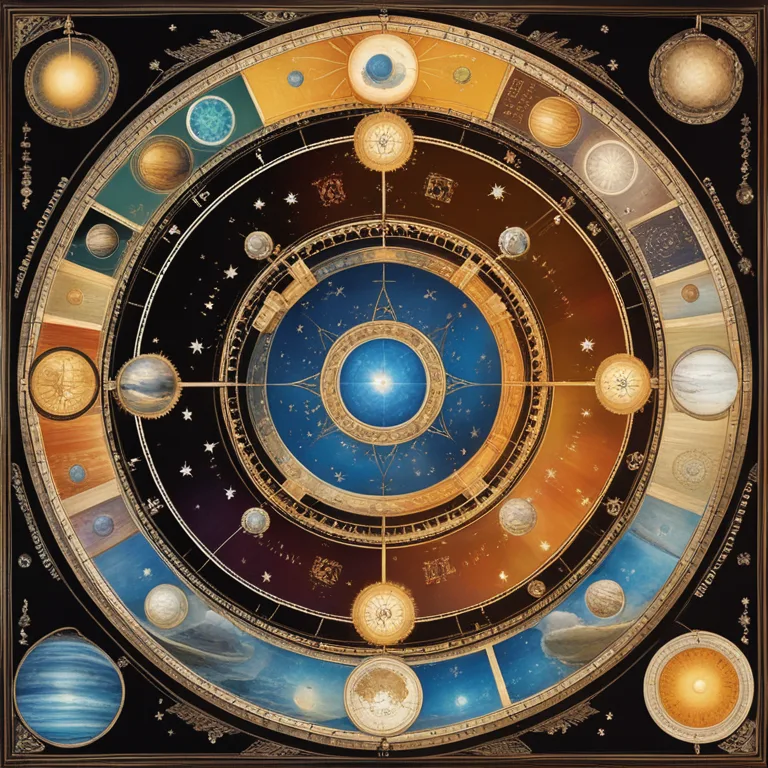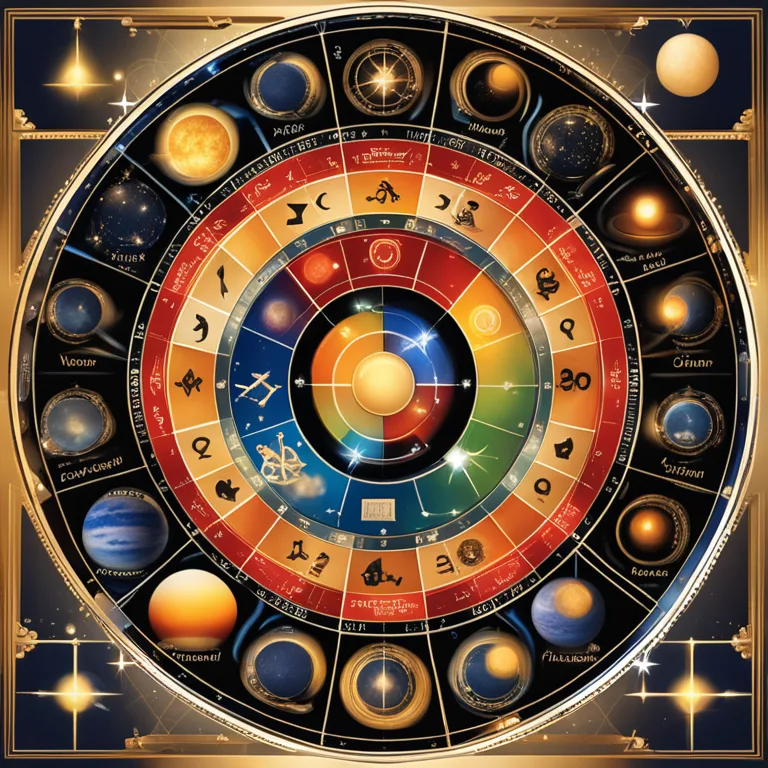
Mastering Your Birth Chart Basics
Discover how to interpret the foundational elements of your astrological birth chart in this insightful guide.
article by Priya Deshmukh
Introduction to Birth Charts
Astrology can provide profound insights into one's personality, life path, and destiny through the mystical lens of a birth chart. Also known as a natal chart, this diagrammatic representation captures the exact positions of the stars, planets, and celestial bodies at the moment of an individual's birth. Interpreting a birth chart can offer clarity on various aspects of life, ranging from personal characteristics to potential life events. As astrology evolves with time, so do the ways in which astrologers interpret these celestial blueprints. Modern astrology embraces both the traditional wisdom of the stars and contemporary psychological methods, offering a comprehensive tool for self-understanding as we journey further into the 21st century.

Core Components of the Chart
To begin reading a birth chart, one must first understand its core components: planets, signs, and houses. Each planet represents different facets of our being, like communication (Mercury), love (Venus), or ambition (Mars). Signs of the zodiac reflect how these qualities manifest, influencing our approach to life. They are divided into four elements—fire, earth, air, and water—each carrying its unique energy. The twelve houses of the chart symbolize life areas, with the first house linked to self-identity and the tenth to career and social standing. In 2024, with the advent of new celestial calculations, it's essential to apply updated planetary positions and nuanced interpretations of astrological houses to facilitate an accurate reading.

Planetary Position and Aspects
In your birth chart, the positions of the planets across various zodiac signs convey significant information. A planet located in a sign where it's considered 'dignified,' such as Mars in Aries, could indicate assertiveness and vigor. Conversely, a planet in 'detriment' might face challenges in expressing its qualities effectively. Aspects, or the angles planets form with one another, also play a critical role in interpretation. Harmonious aspects like trines and sextiles point towards talents and ease, while tense aspects such as squares and oppositions could reflect areas of life that require effort and growth. Contemporary astrological practice places emphasis on the nuanced interpretation of these aspects, considering the integrated nature of personal experience and growth trajectories.

The Rising Sign and its Importance
A pivotal aspect in birth chart analysis is the Ascendant, or rising sign, which signifies the zodiac sign ascending on the eastern horizon during your birth. This sign sets the stage for the rest of the chart layout, influencing the distribution of houses and defining the first house cusp. Its placement can provide insight into the initial impression one makes on others and one's spontaneous reactions to new situations. As we understand more about the interplay between genetics and astrology, contemporary readings may factor in hereditary traits that align with the energies of one's rising sign, providing a more integrated and holistic view of the individual's persona.

The Lunar Node's Karmic Path
The North and South Lunar Nodes, though not physical bodies, hold significant weight in a birth chart. Representing one's karmic path, the South Node encapsulates past life experiences while the North Node points toward future growth and potential. The sign and house placements of these nodes uncover themes that will recur throughout one's life, shaping their destiny. In the current astrological climate, understanding the nodal axis through the lens of both traditional karmic astrology and modern psychological archetypes allows for multidimensional guidance in personal development and soulful evolution.
Putting it All Together
Mastering the ability to read a birth chart requires practice and intuition. The chart serves as a map, with each planet, sign, and house revealing part of your story. Analyzing the chart as a cohesive whole, you may discern patterns, identify dominant elements or modalities, and weave together the nuances of your personality and life journey. With the torrent of astrological resources now available, such as real-time celestial tracking and AI-assisted interpretation tools, both beginners and seasoned astrologers can access deeper layers of cosmic wisdom as they deconstruct the celestial narrative outlined at the moment of birth.
Published: 12/22/2023
Modified: 12/22/2023
More predictions
Come back here soon to learn more about yourself and your future


Understanding 12 Astrological Houses
Delve into the meanings and influences of the twelve astrological houses that shape personal horoscopes.


Astrological Houses: A Comprehensive Guide
Discover the fundamental roles of astrological houses and how they influence your personal horoscope and astrology readings.


Astrological Houses & Their Role In Modern Life
Delve into the significance of the 12 astrological houses and their influence on personal astrology.